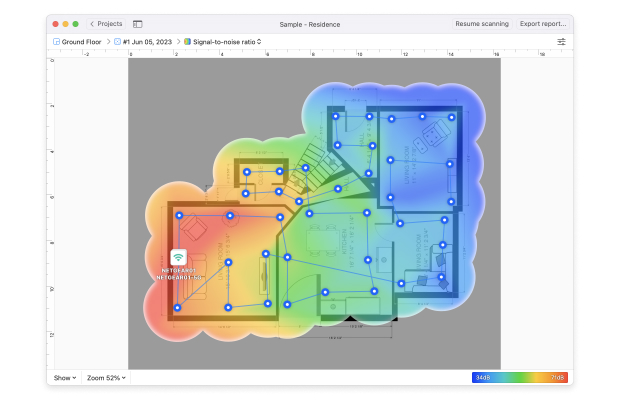Wired Networking
A wired network consists of devices physically connected to one another using network cables. These days, most wired networks use Ethernet cables, which are available in several different categories for a variety of purposes.
Perhaps the simplest wired network you may come across consists of two personal computers connected to each other using an Ethernet cable. To add more computers to such network, a router may be used to facilitate the communication between all members of the network. A router is a networking device that forwards data packets between computer networks until the packets reach their destination.

Very large wired networks often involve several routers or switches, the latter being networking devices that receive, process, and forward data packets on a computer network to destination devices. At least one router or switch is typically connected to a modem that provides Internet access to all devices connected to the network.
Pure wired networks are sometimes used for security and privacy reasons. Since data packets on such networks only flow through network cables, it’s much more difficult for attackers to gain unauthorized access or sniff sensitive information.



